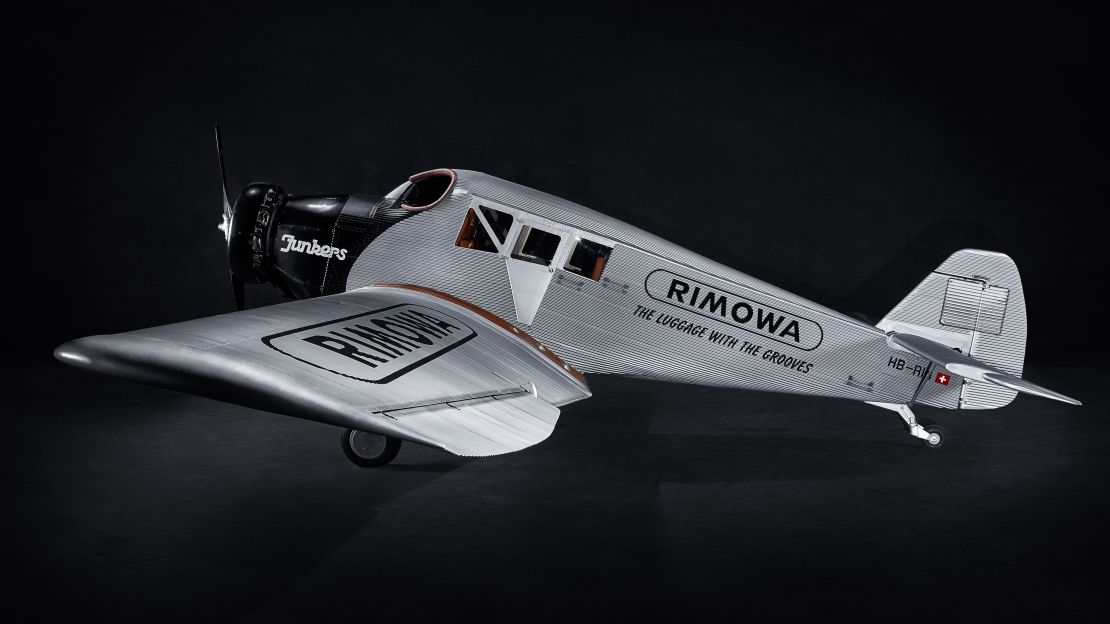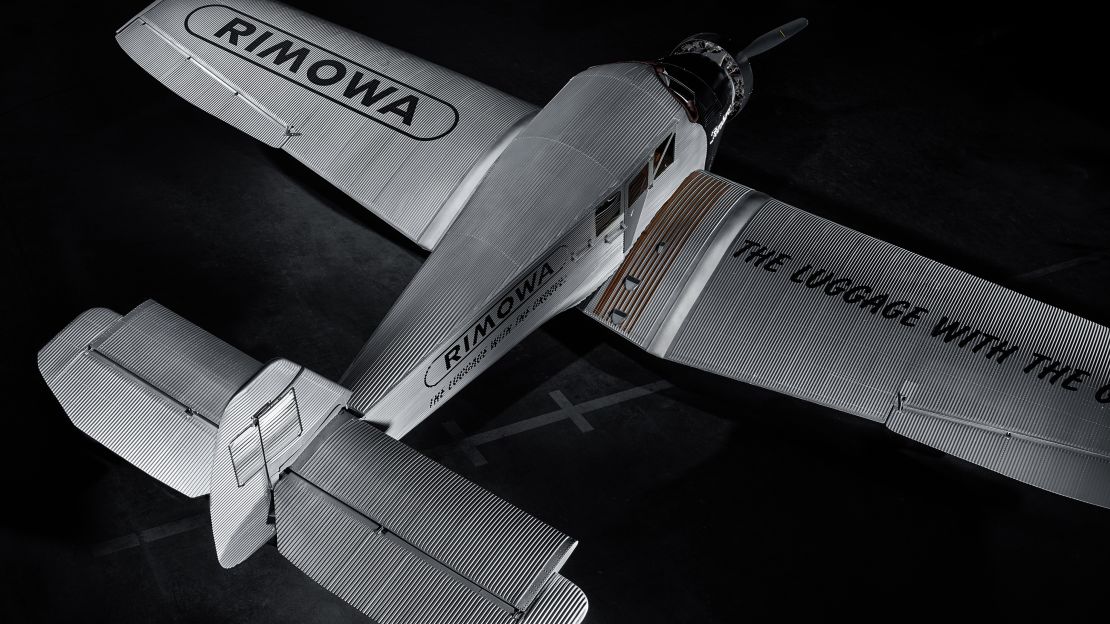Editor’s Note: This article was first published in January 2016.
In the spring of 2016, one of the most revolutionary aircraft in aviation history will take to the skies for the first time in more than 60 years.
The Junkers F13 was the world’s first all-metal transport aircraft, designed just after World War I by German aviation entrepreneur and businessman Hugo Junkers. Using the ground-breaking aluminum alloy Duralumin, the F13’s low-wing monoplane cantilever design and metal fuselage turned heads in 1919, the era of fabric-and-wood biplanes and triplanes.
Its sleek style anticipated the lines of the modern airliner.
Heated passenger cabin
The F13 featured another innovation that made it a favorite among airlines all around the world: an enclosed heated passenger cabin that held up to four passengers in relative comfort – for the standards of the time, at least.
The pilots had to make do with an open cockpit – normal procedure at the time – since they relied entirely on visual navigation to get to their destination.
The F13 was so popular that, despite the abundance of cheap former military aircraft in the years immediately after the war, Junkers carved a significant market share for its new model in the burgeoning airline industry. By the mid-1920s, no less than 40% of commercial air routes globally were serviced by F13s.
Hugo Junkers even created his own airline, Junkers Luftverkehr, that would later merge into German flag carrier Lufthansa, in order to promote and sell the F13.
Plane spotting: How a beginner can ID commercial jets
Return of the F13

The last commercial F13 was retired in Brazil in 1951.
Now the vintage plane is back, thanks to a collaboration between Cologne-based luxury luggage-makers RIMOWA and Swiss airline company Ju-Air. Like Junkers, RIMOWA were pioneers in the use of Duralumin, and their products still feature a signature corrugated outer shell, reminiscent of the airliners of the 1920s and 1930s.
The idea of bringing this marvel of early aircraft manufacturing back to the skies came up in 2009 when Germany’s Association of Friends of Historical Aircraft (Verein der Freunde historischer Luftfahrzeuge) was forced to ground its historic Ju52 airplane.
The build
The Junkers F13 was suggested as a replacement. However, making a 1919 aircraft airborne again is no easy feat. There are only five F13 aircraft left in museums around the world, none of them airworthy.
So the team decided to build an exact replica of the F13 from scratch, using old blueprints. It took four years of research before construction could even start.
Finding specialists
Not only were the blueprints incomplete, they needed to find skilled talent and to assemble a group of highly specialized companies that could take care of building the airframe, restoring and maintaining the power plant, and the engineering.
The Swiss and German aviation communities and several European and American museums all piled in to help with the project.
In a technical facility in Oberndorf, at the edge of Germany’s Black Forest, a team under the direction of Dominik Kaelin, of Kaelin AeroTechnologies, devoted more than 9,000 hours of work to hand build the airframe and wings.
14 best aviation museums around the world
This time the F13 has brakes

The new F13 is made of corrugated Duralumin, just like the original.
The only concessions to modern aircraft-building techniques have been those needed to secure a modern airworthiness certificate, such as adding brakes and a tail wheel.
Dieter Morszeck, Rimowa’s CEO and the driving force behind the project, says finding a suitable engine was another major challenge.
“The early series of the Junkers F13 was powered by in-row engines, which are a rare find these days. Later versions of the F13 were outfitted with radial engines; therefore we opted to power the reproduction with a Pratt & Whitney R-985 engine.”
Once finished, the airframe was transported in a container 140 kilometers south to its new home in Duebendorf, Switzerland.
Maiden flight
This is where it received its finishing touches and it’s from here that local operator Ju-Air is going to operate sightseeing tours.
The schedule, frequency and route of these flights is still being worked out, but F13 flights are already available for pre-order through rimowa-f13.com.
The maiden flight will take place in March this year. For extra bragging rights, the Junkers F13 is older than any airline currently in operation anywhere in the world. It debuted in June 1919, pre-dating the founding of airlines KLM and Avianca by a few months.
At a time when travelers long for the glamor that was once associated with air travel, and airlines are bringing their historical liveries back to the skies, it’s the ultimate treat for fans of retro flying.













